Better a Fist Full of Bees than Bags Full of Flies
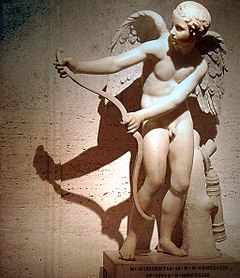
Nate Dogg - Music and me - YouTube
Cupid - Wikipedia, the free encyclopedia
To Bee or not to Bee 
BBC News - Rosslyn Chapel was haven for bees
Coordinates: 55°51′19″N 3°09′37″W
let's not forget Bee Flat ( B-flat - Wikipedia, the free encyclopedia )
Wu Tang Clan - Triumph- Killer Bees - YouTube
.jpg)



Nate Dogg - Music and me - YouTube
Cupid - Wikipedia, the free encyclopedia
As described by Shakespeare in A Midsummer Night's Dream:[6]
Love looks not with the eyes, but with the mind,
And therefore is winged Cupid painted blind.
Nor hath love's mind of any judgement taste;
Wings and no eyes figure unheedy haste.
And therefore is love said to be a child
Because in choice he is so oft beguiled.[7]
Love looks not with the eyes, but with the mind,

And therefore is winged Cupid painted blind.
Nor hath love's mind of any judgement taste;
Wings and no eyes figure unheedy haste.
And therefore is love said to be a child
Because in choice he is so oft beguiled.[7]

Cupid and the bees
In the tale of Cupid the honey thief, the child-god is stung by bees when he steals honey from their hive. He cries and runs to his mother Venus, complaining that so small a creature shouldn't cause such painful wounds. Venus laughs, and points out the poetic justice: he too is small, and yet delivers the sting of love.
The story was first told about Eros in the Idylls of Theocritus (3rd century BC).[11] It was retold numerous times in both art and poetry during the Renaissance, and was a favorite theme of Lucas Cranach the Elder and his workshop, who produced more than twenty versions.[12] The German poet and classicist Karl Philipp Conz (1762–1827) framed the tale as Schadenfreude ("taking pleasure in someone else's pain") in a poem by the same title.[13] In a version by Gotthold Ephraim Lessing, a writer of the German Enlightenment, the incident prompts Cupid to turn himself into a bee:
Through this sting was Amor made wiser.
The untiring deceiver
concocted another battle-plan:
he lurked beneath the carnations and roses
and when a maiden came to pick them,
he flew out as a bee and stung her.[14]
The image of Cupid as bee is part of a complex tradition of poetic imagery involving the flower of youth, the sting of love as a deflowering, and honey as a secretion of love.[15]
In the tale of Cupid the honey thief, the child-god is stung by bees when he steals honey from their hive. He cries and runs to his mother Venus, complaining that so small a creature shouldn't cause such painful wounds. Venus laughs, and points out the poetic justice: he too is small, and yet delivers the sting of love.
The story was first told about Eros in the Idylls of Theocritus (3rd century BC).[11] It was retold numerous times in both art and poetry during the Renaissance, and was a favorite theme of Lucas Cranach the Elder and his workshop, who produced more than twenty versions.[12] The German poet and classicist Karl Philipp Conz (1762–1827) framed the tale as Schadenfreude ("taking pleasure in someone else's pain") in a poem by the same title.[13] In a version by Gotthold Ephraim Lessing, a writer of the German Enlightenment, the incident prompts Cupid to turn himself into a bee:
Through this sting was Amor made wiser.
The untiring deceiver
concocted another battle-plan:
he lurked beneath the carnations and roses
and when a maiden came to pick them,
he flew out as a bee and stung her.[14]
The image of Cupid as bee is part of a complex tradition of poetic imagery involving the flower of youth, the sting of love as a deflowering, and honey as a secretion of love.[15]
Builders renovating Rosslyn Chapel, which was made famous in The Da Vinci Code, found the "unprecedented" hive while dismantling a rooftop pinnacle.
The bees entered the hive through a hole in a carved flower crafted by the chapel's master stone masons.
The 15th Century Midlothian building is undergoing a £13m conservation and site improvement project.
The discovery was made when two pinnacles, which had been made unstable by nesting jackdaws, had to be taken down stone by stone and rebuilt.
Malcolm Mitchell, of Page Park Architects, said: "It was a big hollow about the size of a gas cylinder and the hive had obviously been abandoned."
The bees entered the hive through a hole in a carved flower crafted by the chapel's master stone masons.

The 15th Century Midlothian building is undergoing a £13m conservation and site improvement project.
The discovery was made when two pinnacles, which had been made unstable by nesting jackdaws, had to be taken down stone by stone and rebuilt.
Malcolm Mitchell, of Page Park Architects, said: "It was a big hollow about the size of a gas cylinder and the hive had obviously been abandoned."
let's not forget Bee Flat ( B-flat - Wikipedia, the free encyclopedia )
Wu Tang Clan - Triumph- Killer Bees - YouTube
In art, Cupid often appears in multiples as the Amores, or amorini in the later terminology of art history, the equivalent of the Greek erotes.
.jpg)



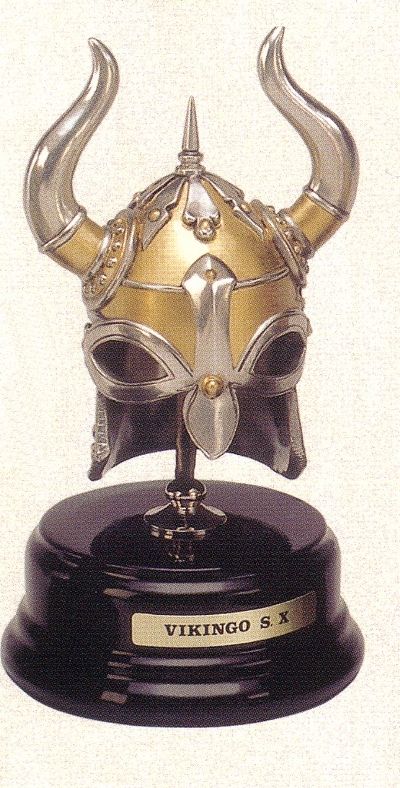



.jpg)
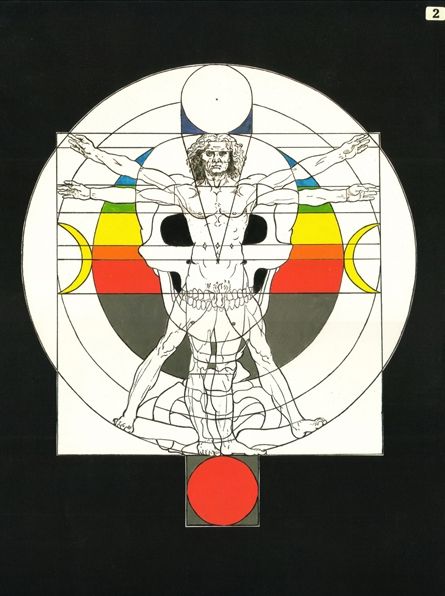
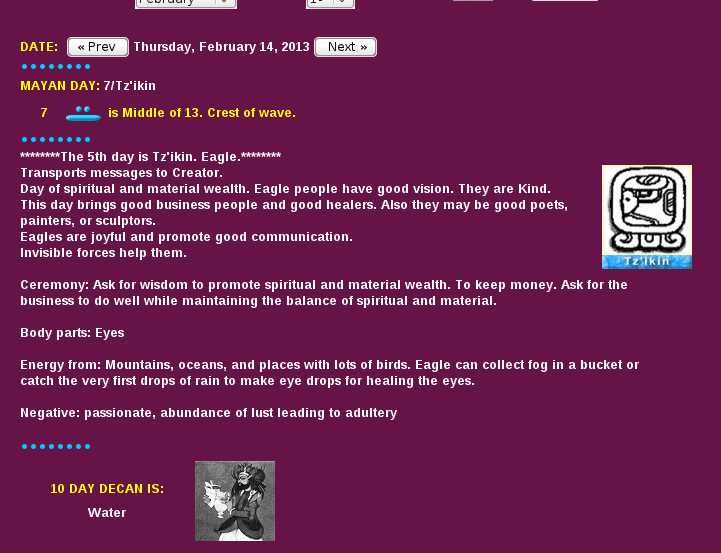




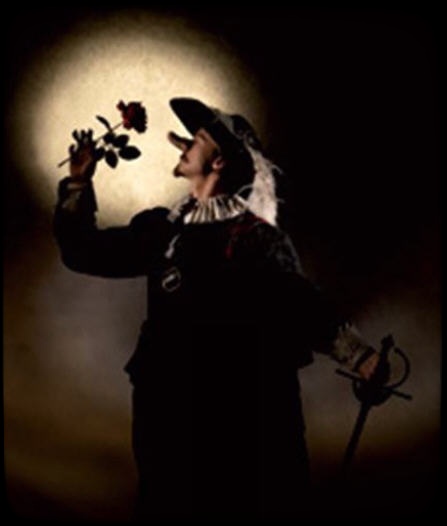




 )
)



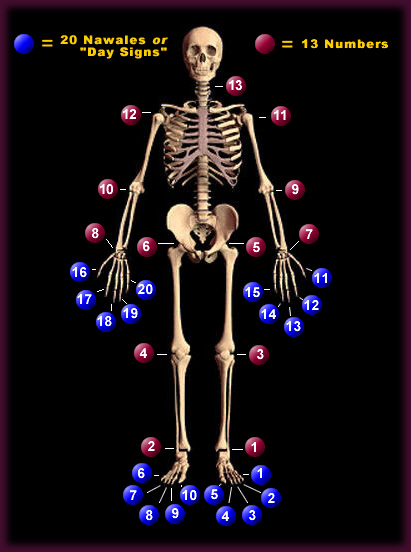





 t
t





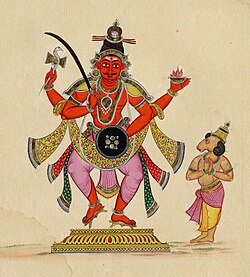






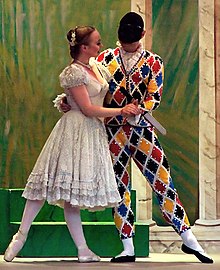
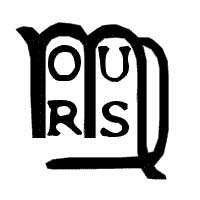










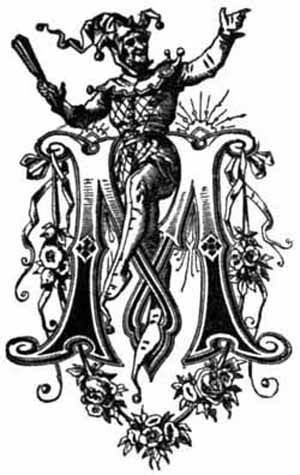











Comment